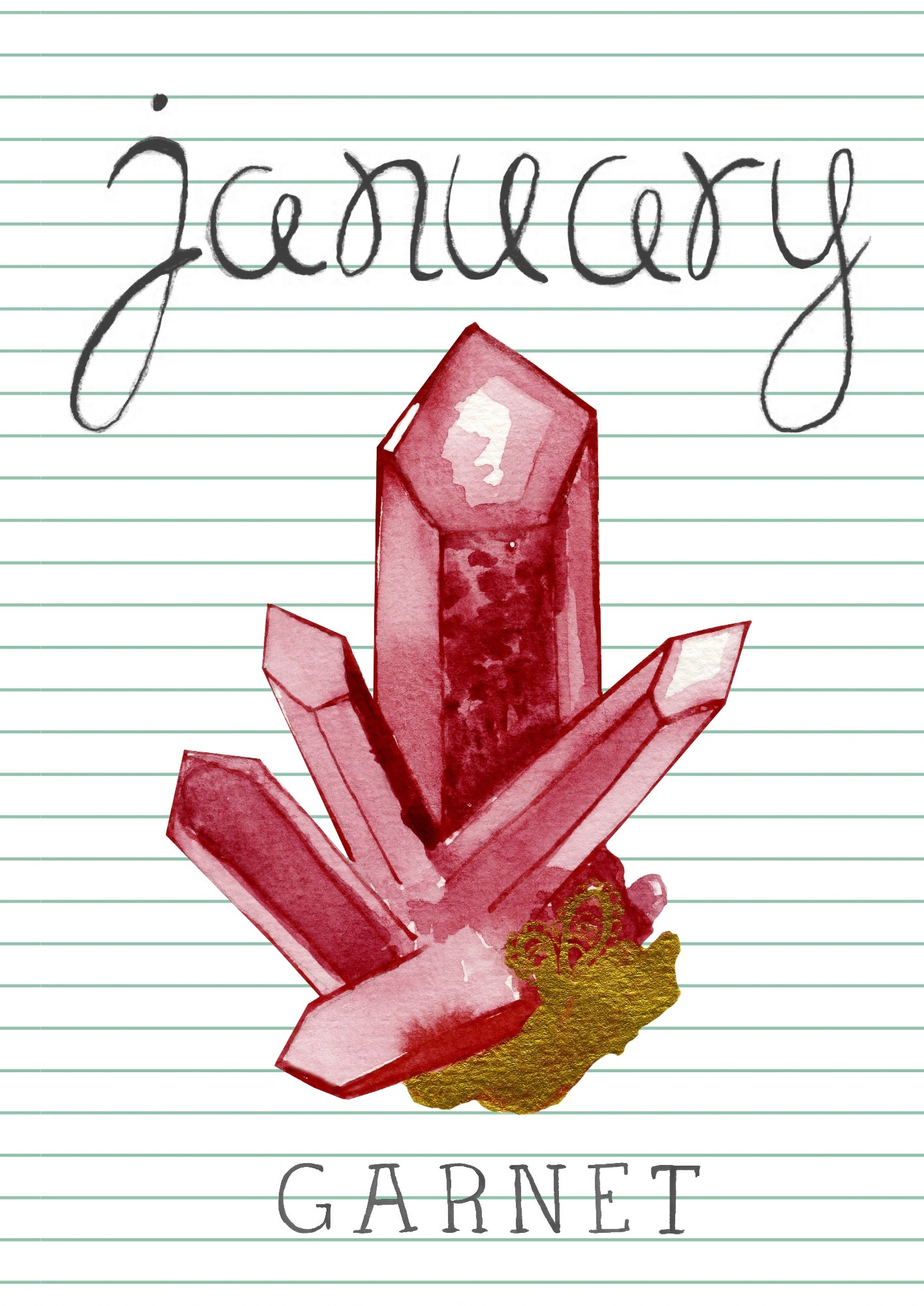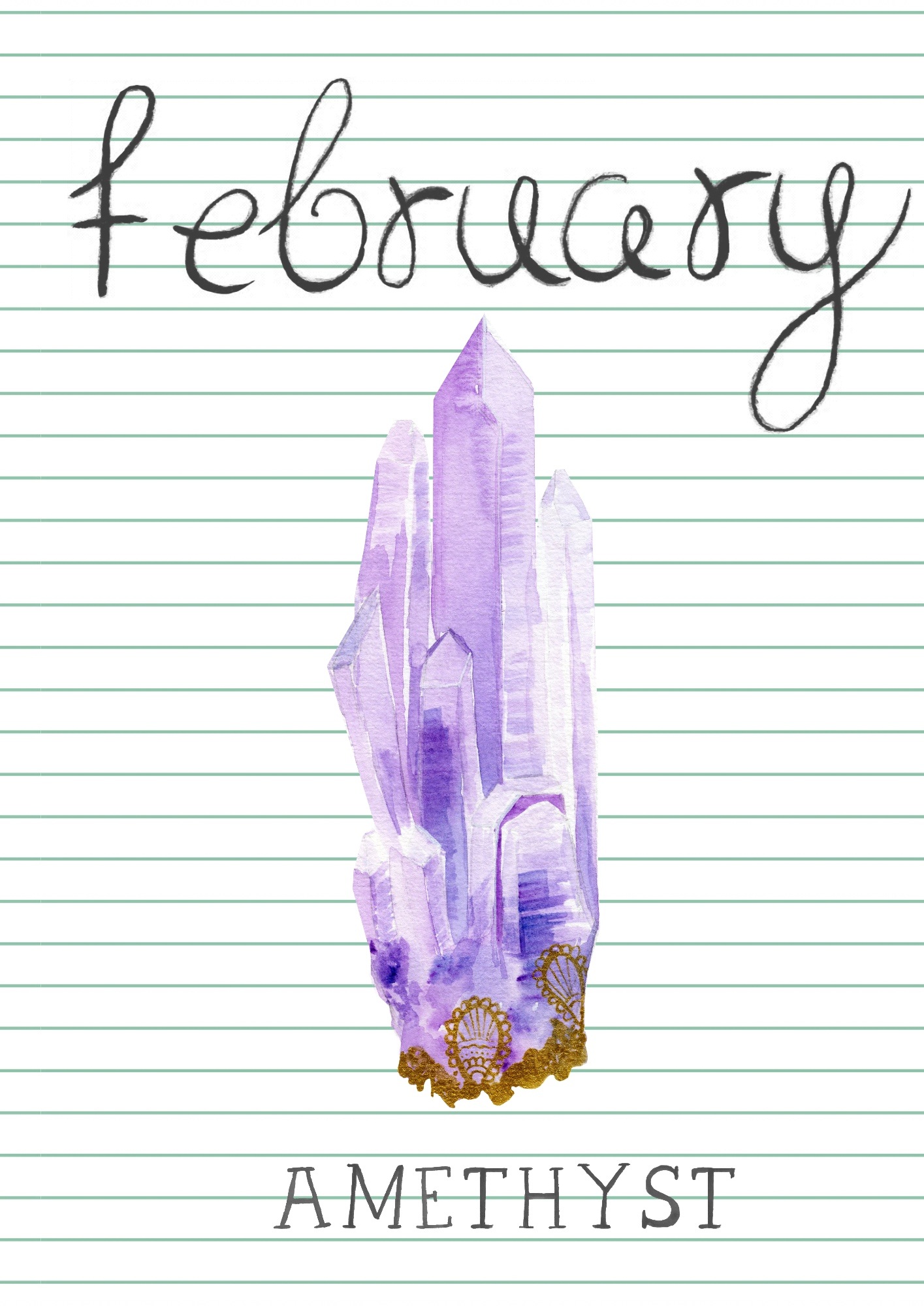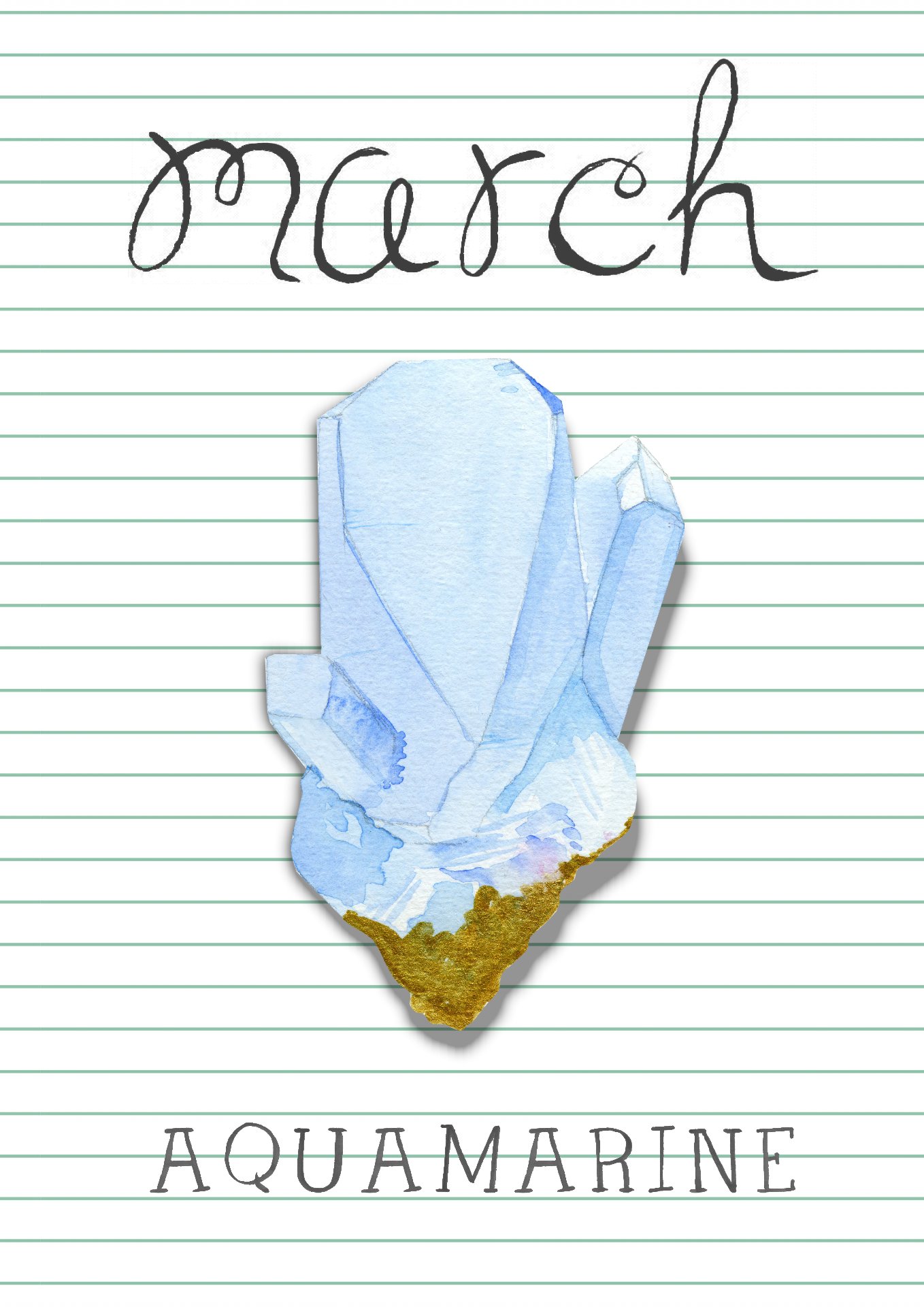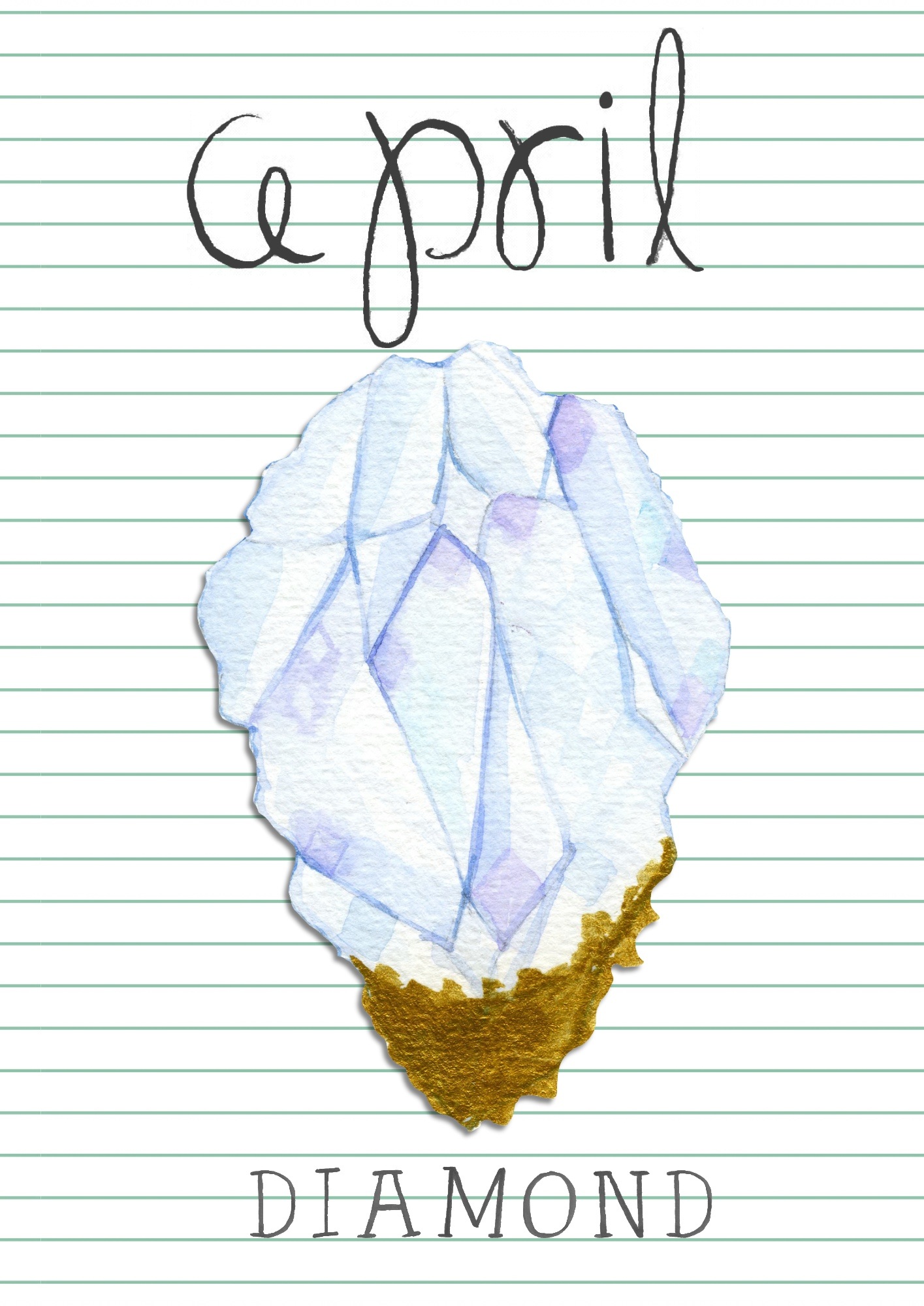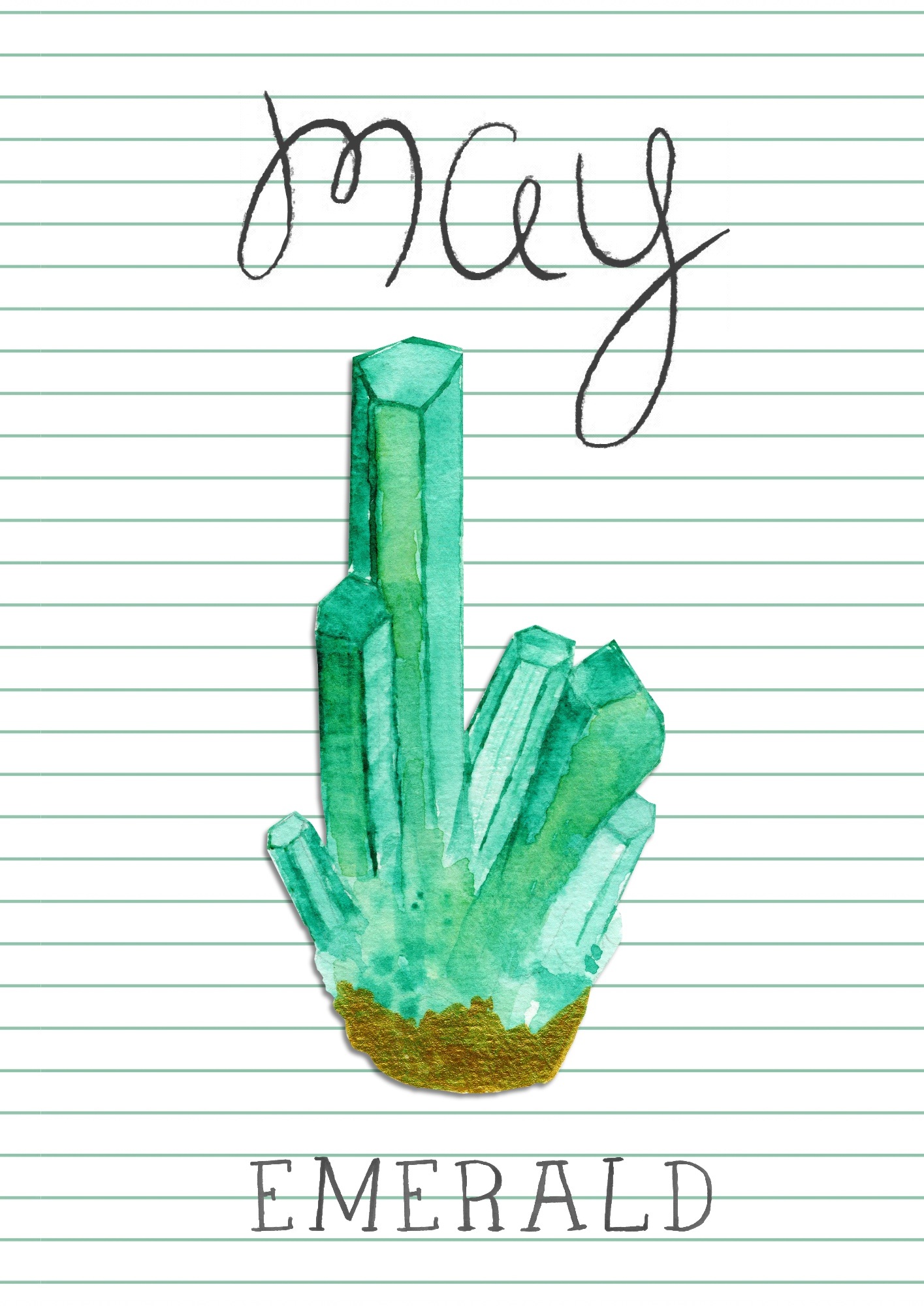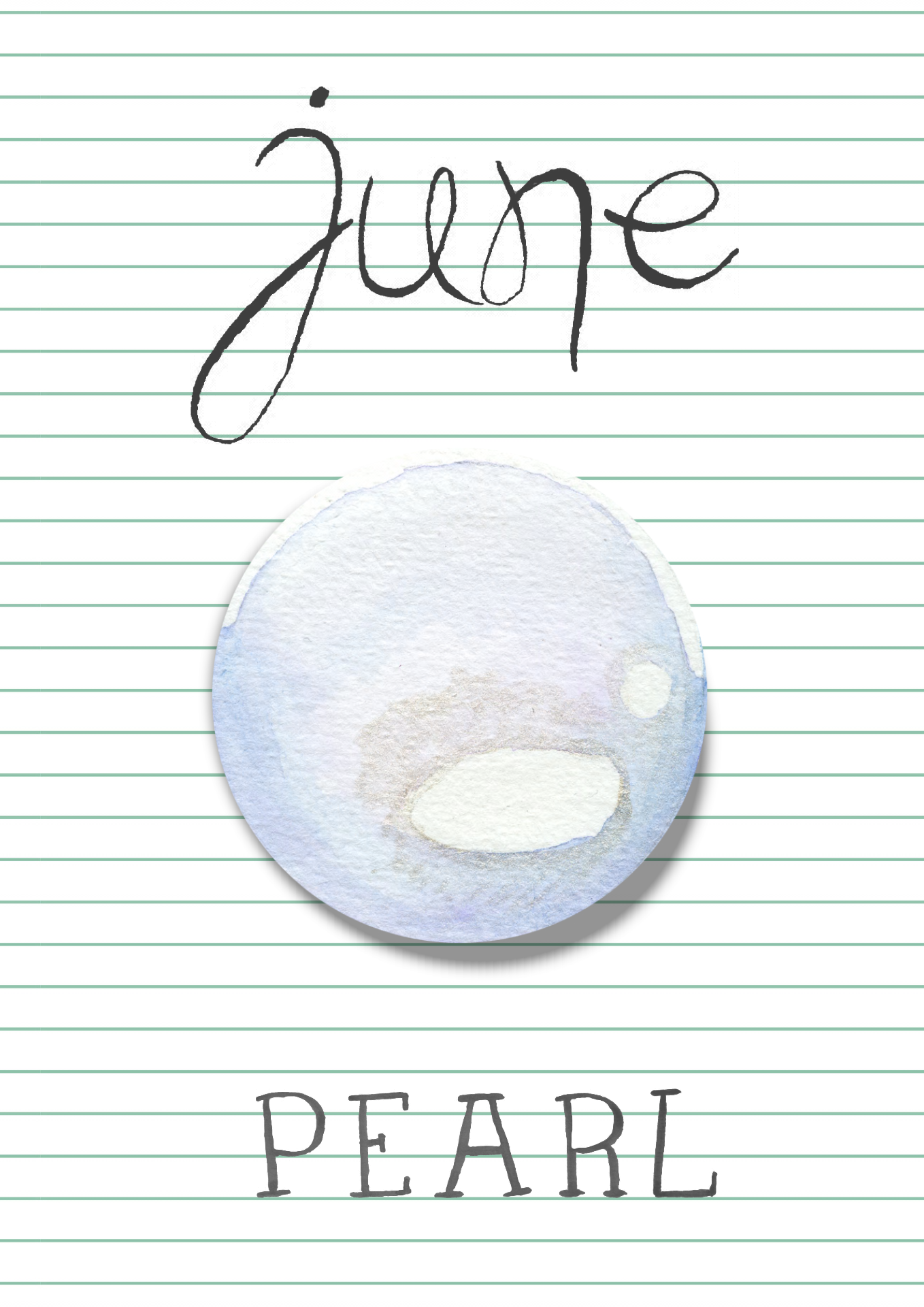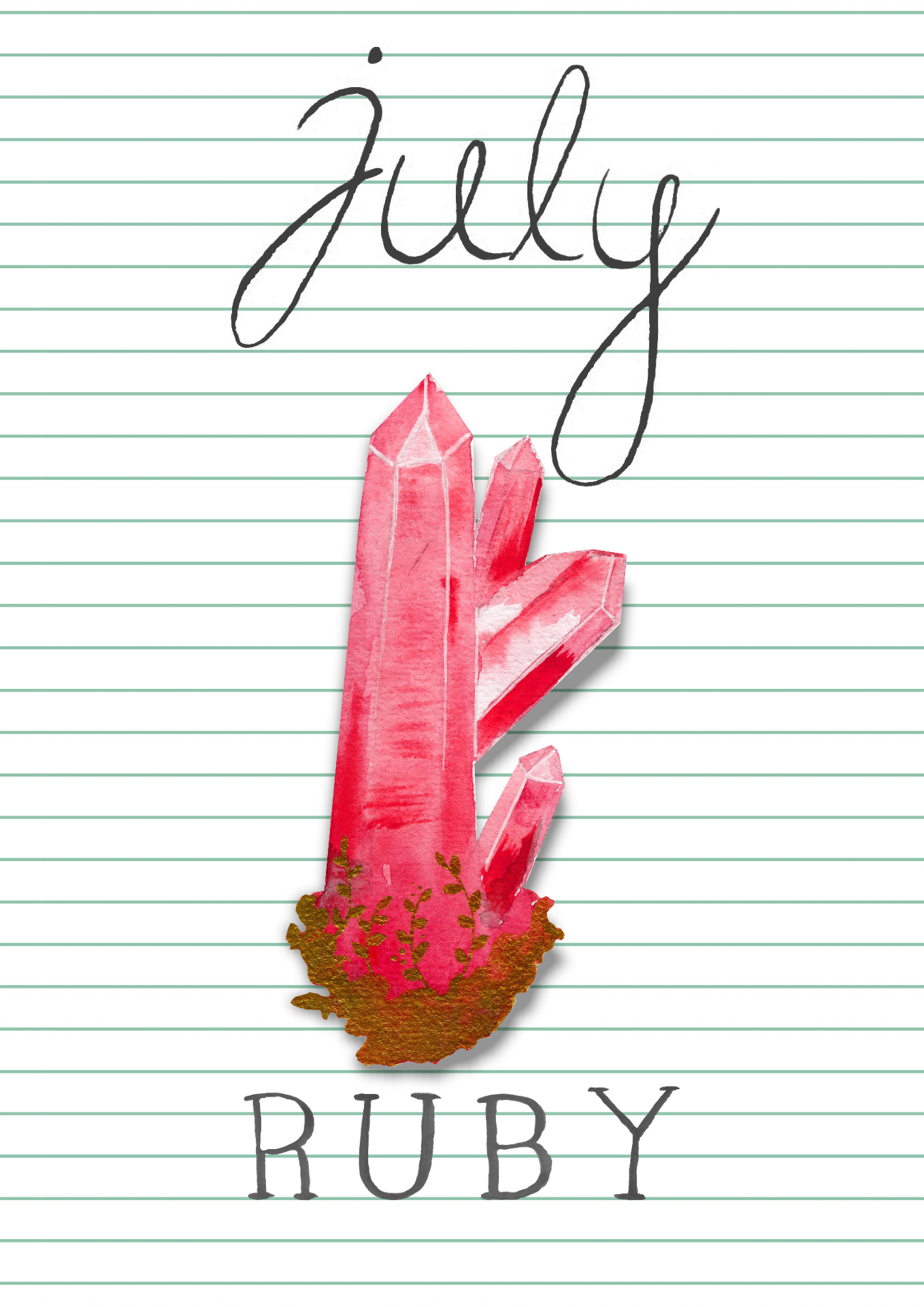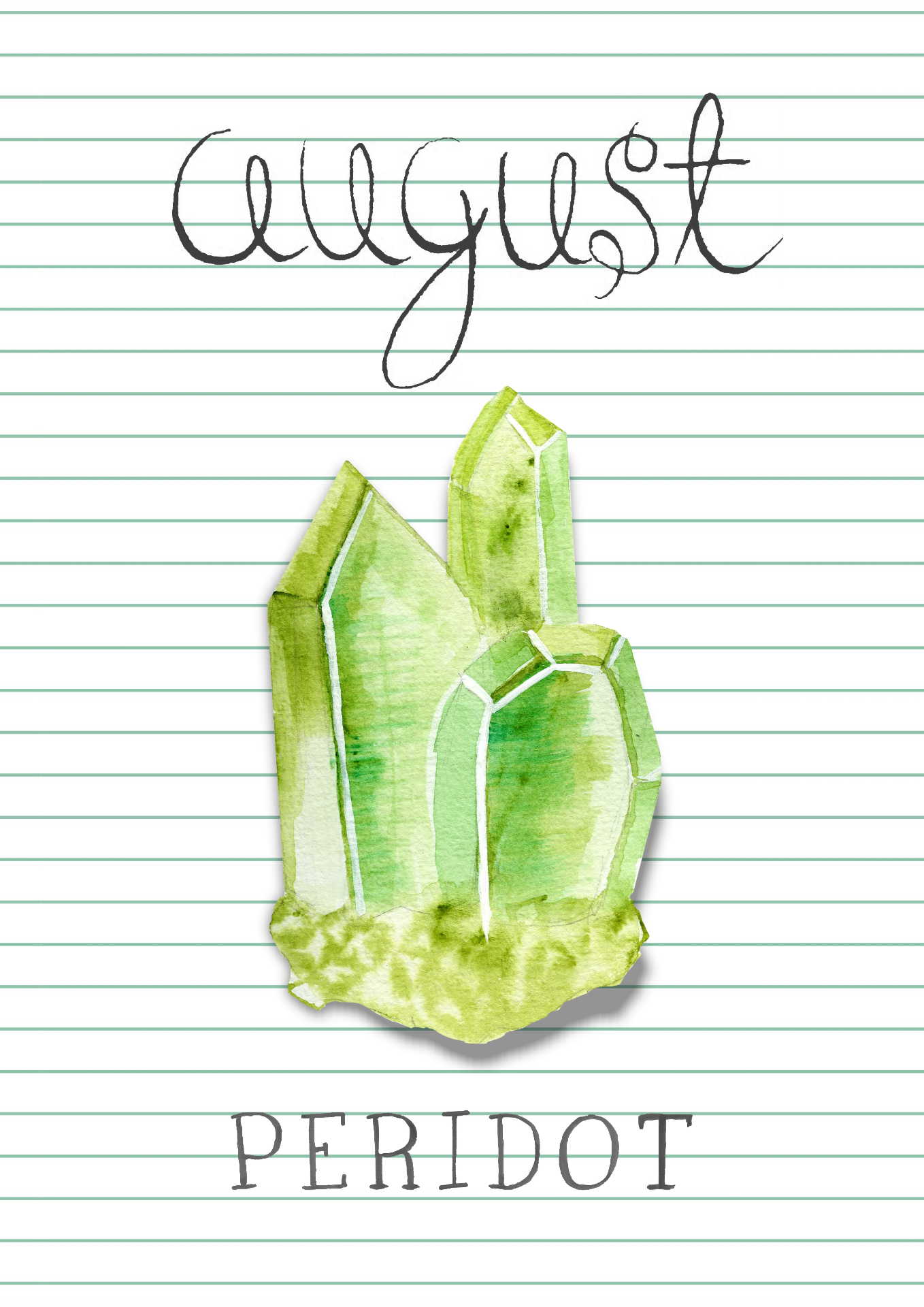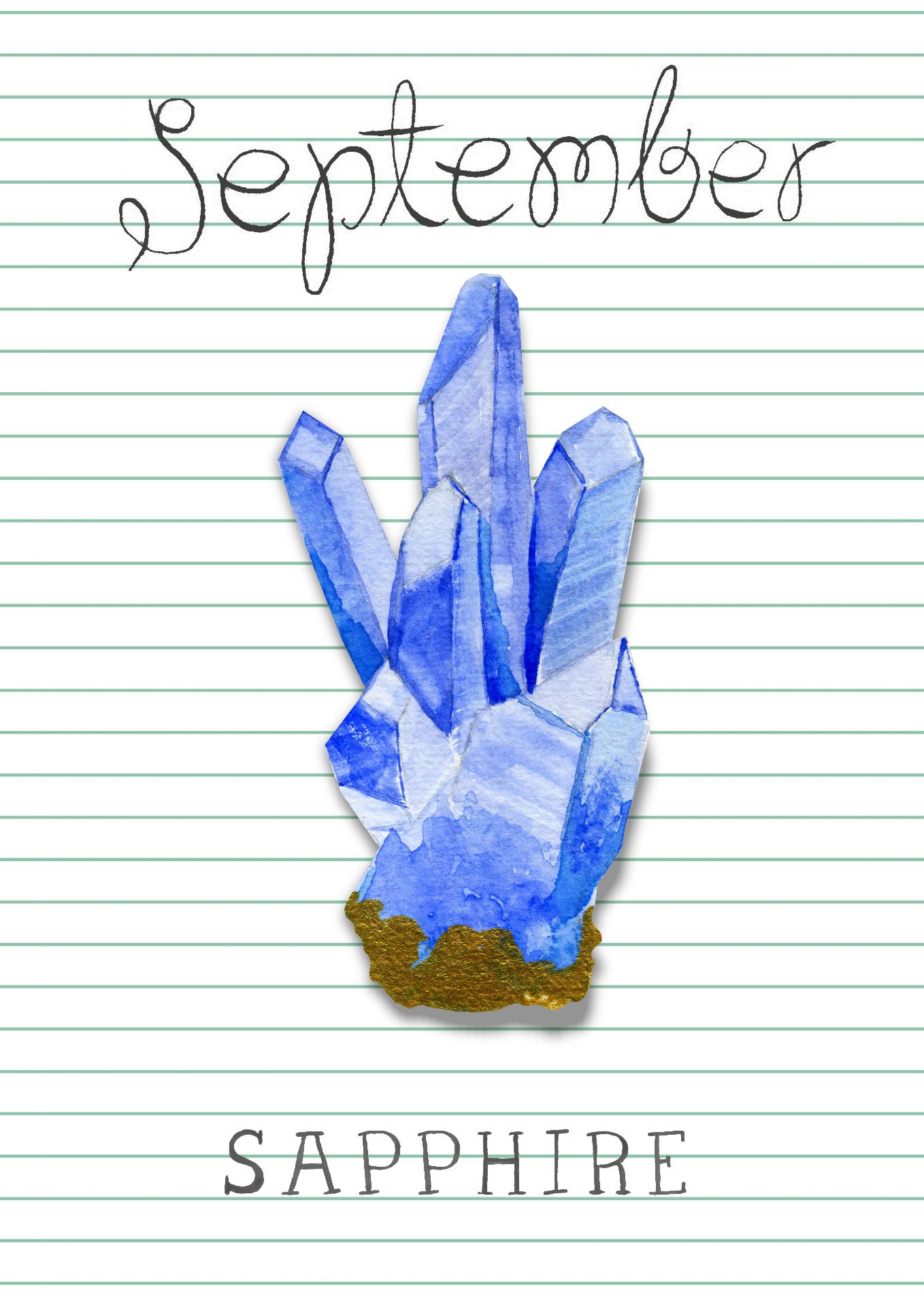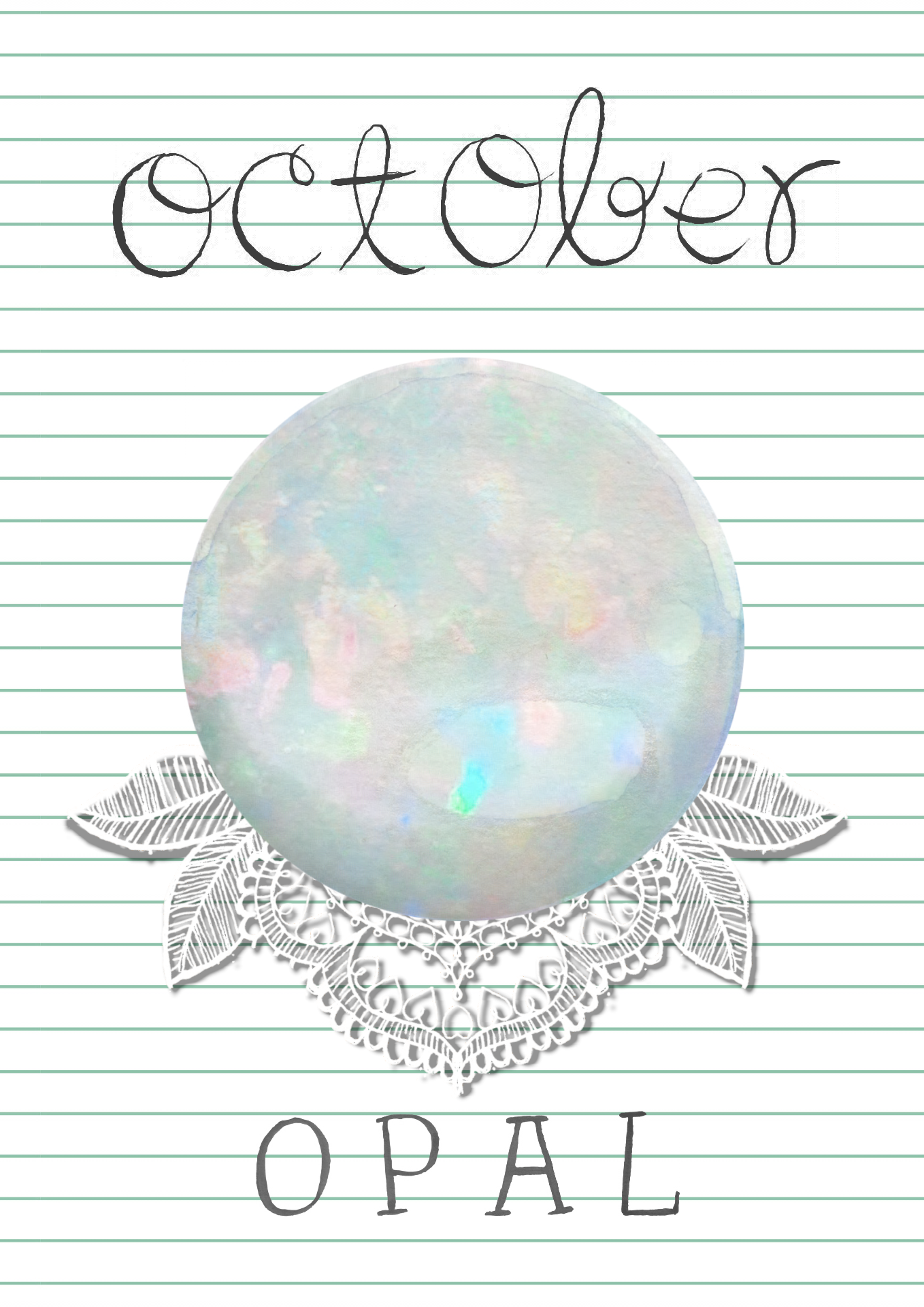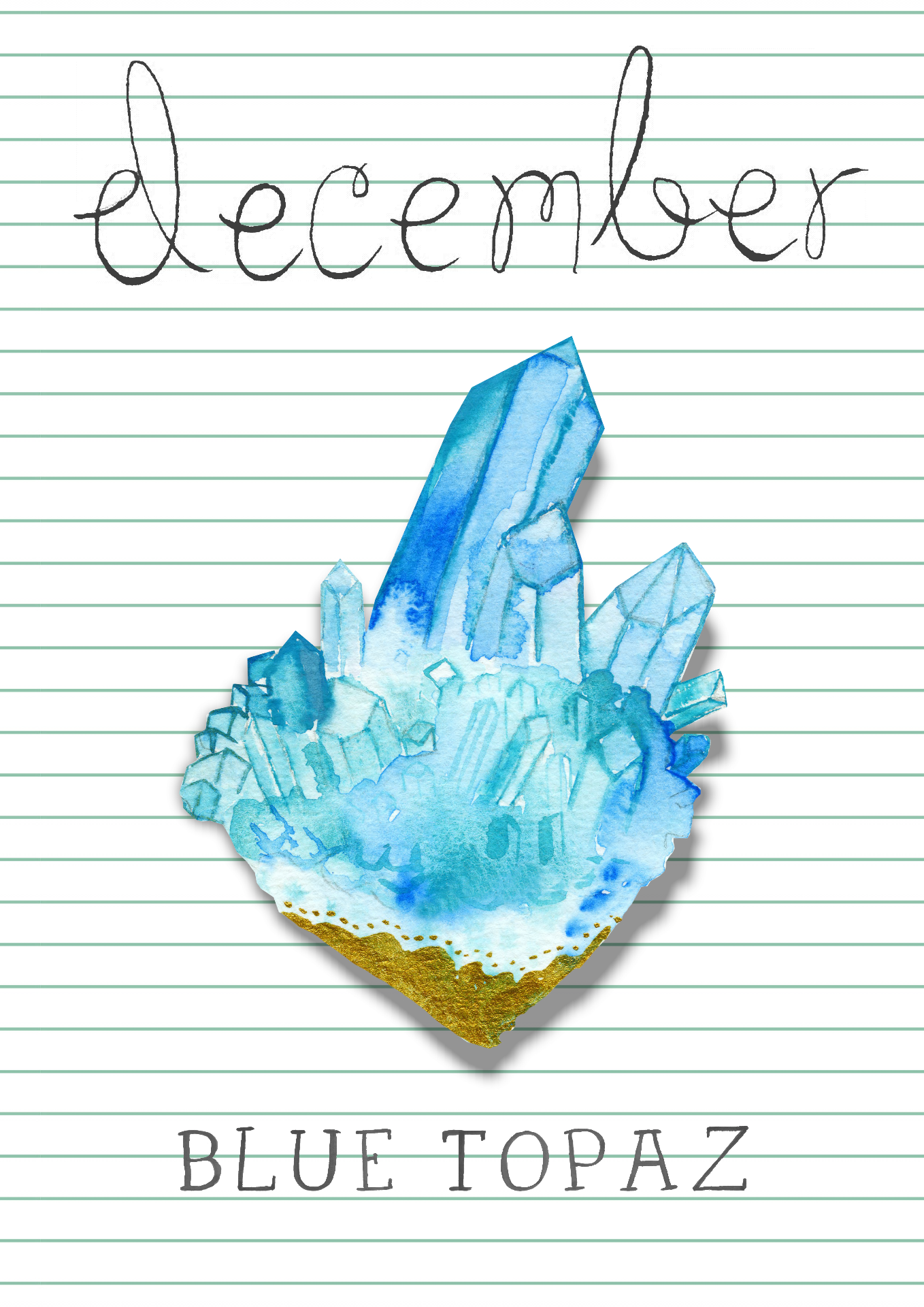A birthstone is a gemstone that represents a person’s period of birth that is usually the month or zodiac sign. Birthstones are often worn as jewelry or as a pendant necklace.
History of birthstones
Western custom
The first century historian Josephus believed there was a connection between the twelve stones in Aaron’s breastplate (signifying the tribes of Israel, as described in the Book of Exodus), the twelve months of the year, and the twelve signs of the zodiac. Translations and interpretations of the passage in Exodus regarding the breastplate have varied widely, with Josephus himself giving two different lists for the twelve stones. George Frederick Kunz argues that Josephus saw the breastplate of the Second Temple, not the one described in Exodus. St. Jerome, referencing Josephus, said the Foundation Stones of the New Jerusalem (Revelation 21:19–20) would be appropriate for Christians to use.
In the eighth and ninth century, religious treatises associating a particular stone with an apostle were written, so that “their name would be inscribed on the Foundation Stones, and his virtue.” Practice became to keep twelve stones and wear one a month. The custom of wearing a single birthstone is only a few centuries old, though modern authorities differ on dates. Kunz places the custom in eighteenth century Poland, while the Gemological Institute of America starts it in Germany in the 1560s.
Modern lists of birthstones have little to do with either the breastplate or the Foundation Stones of Christianity. Tastes, customs and confusing translations have distanced them from their historical origins, with one author calling the 1912 Kansas list (see below) “nothing but a piece of unfounded salesmanship.”
There are poems which match each month of the Gregorian calendar with a birthstone. These are traditional stones of English-speaking societies. Tiffany & Co. published these poems “of unknown author” for the first time in a pamphlet in 1870.
Modern birthstones
In 1912, in an effort to standardize birthstones, the (American) National Association of Jewelers (now called Jewelers of America) met in Kansas and officially adopted a list. The Jewelry Industry Council of America updated the list in 1952 by adding Alexandrite for June, citrine for November and pink tourmaline for October. They also replaced December’s lapis with zircon and switched the primary/alternative gems for March. The American Gem Trade Association added tanzanite as a December birthstone in 2002. In 2016, the American Gem Trade Association and Jewelers of America added spinel as an additional birthstone for August. Britain’s National Association of Goldsmiths created their own standardized list of birthstones in 1937.
Eastern traditions
Eastern cultures recognize a similar range of gemstones associated with birth, though rather than associating a gem with a birth month, gemstones are associated with celestial bodies, and astrology is employed to determine the gemstones most closely associated with and beneficial to a particular individual. For example, in Hinduism there are nine gemstones associated with the Navagraha (celestial forces including the planets, the sun, and the moon), known in Sanskrit as Navaratna (nine gems). At birth, an astrological chart is calculated, and certain stones are recommended to be worn on the body to ward off potential problems based on the place of these forces in the sky at the exact place and time of birth.
Birthstones by time frame
| Month | 15th–20th century | U.S. (1912) | Britain (2013) | U.S. (2019) |
|---|---|---|---|---|
| January | garnet | garnet | garnet | garnet |
| February | amethyst, hyacinth, pearl | amethyst | amethyst | amethyst |
| March | bloodstone, jasper | bloodstone, aquamarine | aquamarine, bloodstone | aquamarine, bloodstone |
| April | diamond, sapphire | diamond | diamond, rock crystal | diamond |
| May | emerald, agate | emerald | emerald, chrysoprase | emerald |
| June | cat’s eye, turquoise, agate | pearl, moonstone | pearl, moonstone | pearl, moonstone, alexandrite |
| July | turquoise, onyx | ruby | ruby, carnelian | ruby |
| August | sardonyx, carnelian, moonstone, topaz | sardonyx, peridot | peridot, sardonyx | peridot, spinel |
| September | chrysolite | sapphire | sapphire, lapis lazuli | sapphire |
| October | opal, aquamarine | opal, tourmaline | opal | opal, tourmaline |
| November | topaz, pearl | topaz | topaz, citrine | topaz, citrine |
| December | bloodstone, ruby | turquoise, lapis lazuli | tanzanite, turquoise | turquoise, zircon, tanzanite |
Modern vs. Traditional
The list of traditional or ancient birthstones most well-known in the United States actually originated in Poland between the 16th and 18th centuries. In 1912, the National Association of Jewelers released a list of so-called “modern birthstones.” The modern list differed somewhat from the traditional, most notably by including only transparent gems. Presumably, this made it easier for jewelers to create “mother’s rings,” which feature the birthstones of a woman’s children, in a manner more suited to modern tastes. (Imagine trying to create a ring with a pearl, a turquoise cabochon, and a diamond and emerald, both faceted).
To this day, jewelers continue to add options to the modern birthstone chart. For example, spinel, citrine, and tanzanite are recent moder additions.
In the United States today, people draw freely from both lists and pick the stones that appeal to them. Some traditional gems are also less expensive (like turquoise) or more readily available (like cultivated pearls) than their modern counterparts. Thus, some traditional stones remain popular.
FREE ENGRAVING + VIP WARRANTY!
| Modern | Traditional | |
|---|---|---|
| Jan |
Garnet
|
Garnet
|
| Feb |
Amethyst
|
Amethyst
|
| Mar |
Aquamarine
|
Bloodstone
|
| Apr |
Diamond
|
Diamond
|
| May |
Emerald
|
Emerald
|
| Jun |
Alexandrite
|
Pearl
|
| Jul |
Ruby
|
Ruby
|
| Aug |
Peridot
Spinel
|
Sardonyx
|
| Sep |
Sapphire
|
Sapphire
|
| Oct |
Tourmaline
|
Opal
|
| Nov |
Golden Topaz
Citrine
|
Topaz
|
| Dec |
Blue Zircon
Blue Topaz
Tanzanite
|
Turquoise
Lapis Lazuli
|
